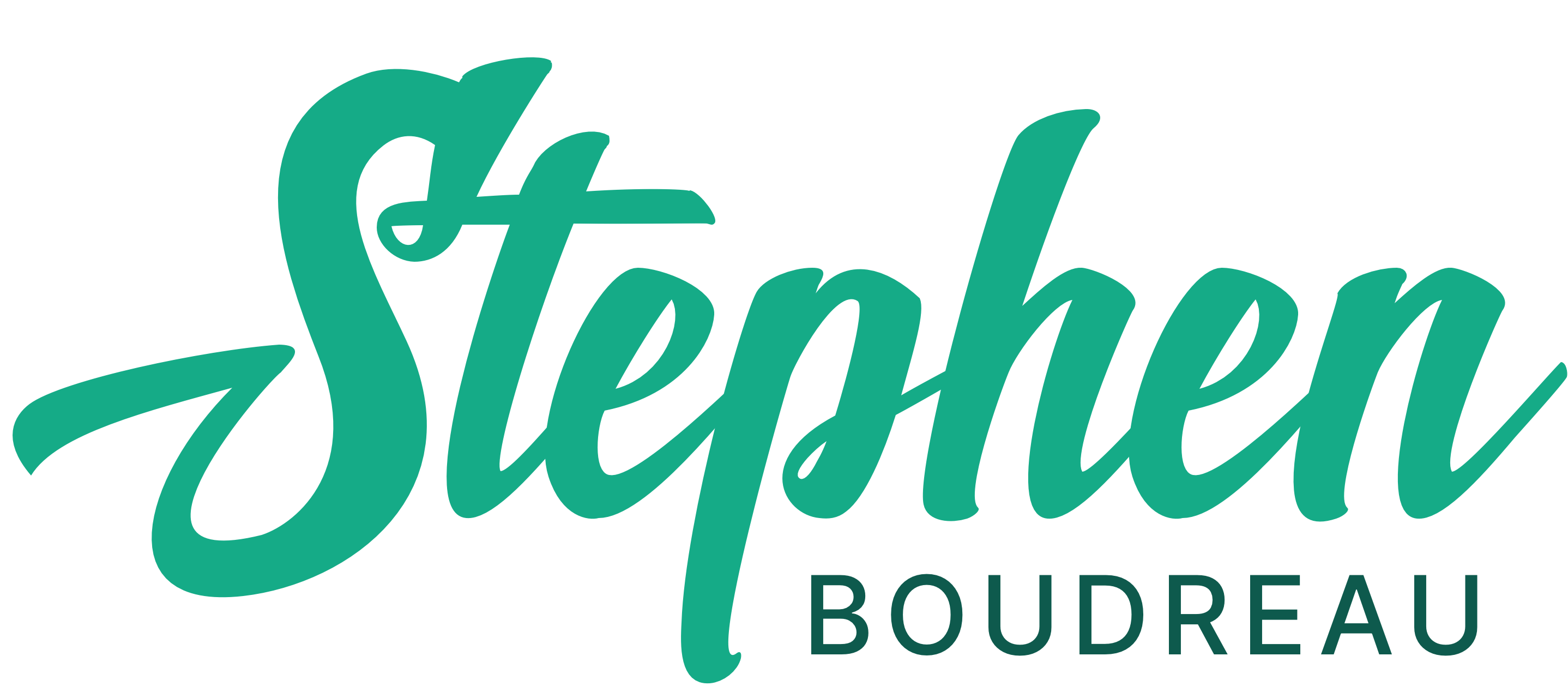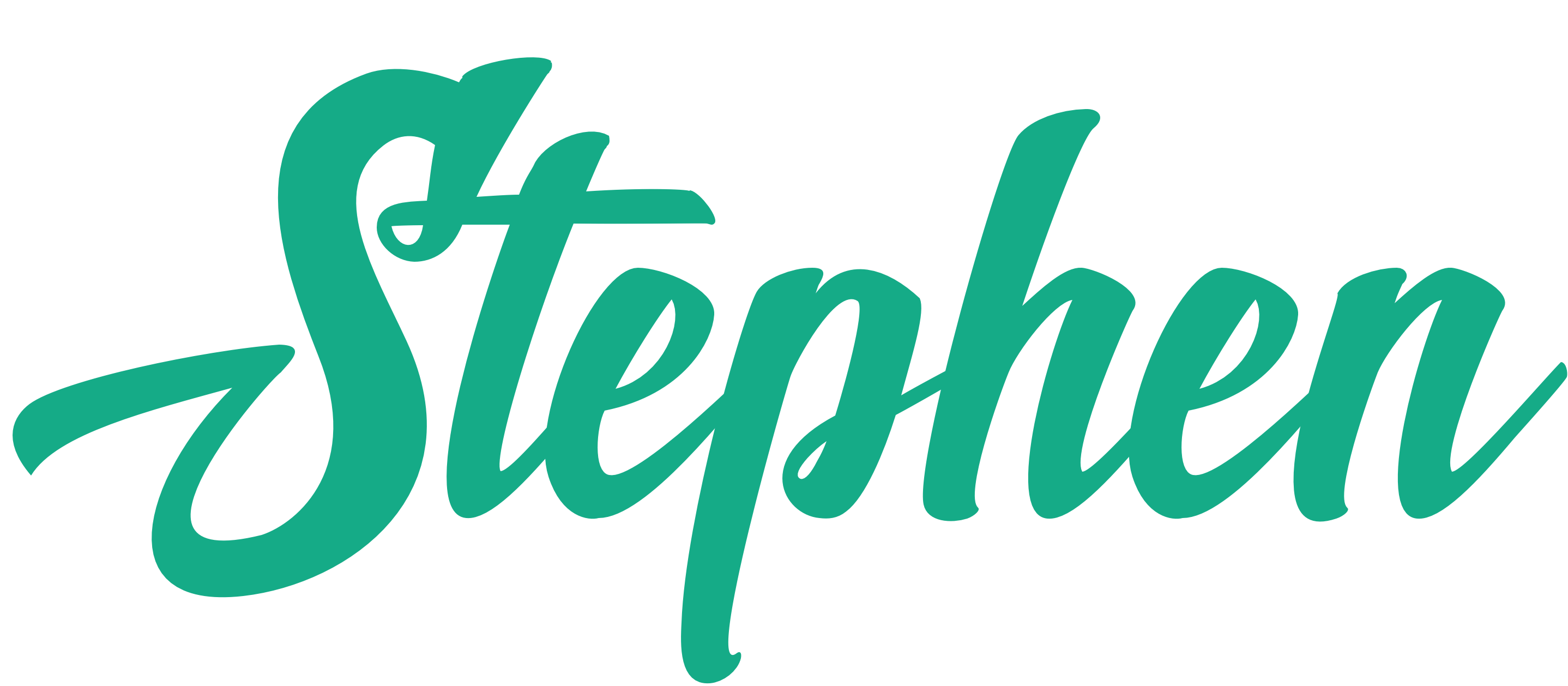“The best way to find out if you can trust somebody is to trust them.”
Ernest Hemingway
“Annoying” is such a convenient little word.
It’s like emotional bubble wrap. You can throw it at almost anything and move on.
The coffee’s weak? Annoying.
Someone eats tuna salad at their desk? Annoying.
That person in front of you at the airport who waits until after their bag is weighed to look for their ID? You guessed it.
But some annoyances stick. They hum in the background, long after the moment passes. They’re not really about what happened—they’re about what it revealed.
And that’s where this story starts.
The question that followed me home
It began, as all great soul-searching does, over stale pastries and hotel coffee.
I was at one of those industry conferences—too cold, too beige, and lit like a hostage negotiation. That’s where I ran into a former client. Let’s call him Chuck.
We exchanged the usual conference pleasantries: polite smiles, LinkedIn-safe updates, and half-truths about how “crazy busy” we both were. Then, as happens when two mildly tired professionals run out of small talk, we started complaining about work.
Somewhere between “I swear we used to have longer weekends” and “email is a disease,” Chuck described a recent project—one that sounded suspiciously familiar to the kind of thing I used to do for him.
I nodded, half-listening, half-wondering if the croissants were technically edible. Then, out of nowhere, he stopped mid-sentence and said, “Was I annoying to work with?”
It was like someone had just handed me a live microphone and left the room.
I said something polite—I think the words were “not at all”—but my tone probably sounded like someone trying to convince TSA they packed their own bag.
We both chuckled, pretended that was the end of it, and moved on to safer territory—mutual acquaintances, weather patterns, the unspoken promise that we’d never actually email each other again.
But that question… it followed me home.
Because the honest answer was, Oh, absolutely. Chuck wasn’t just annoying. He was majestic at it. Olympic-level. But what made him that way?
The high price of annoying leadership
Chuck’s brand of annoying wasn’t loud or rude. It was sneaky. Efficient. The kind of annoying that showed up in your inbox at 10:42 p.m. with the subject line, “Tiny tweak :)”
He didn’t trust easily. Which meant he hired experts and then spent the entire project double-checking their homework.
I’d send him strategy documents, he’d send back “one quick thought” that required rewriting the first three pages. Then the next day: “another quick thought.” It was like tennis, if tennis were played with grenades.
Eventually, I stopped swinging. I just started guessing what he wanted before he asked for it.
Which, of course, made him even more certain I needed his input.
That’s when it hit me: Chuck wasn’t paying for my ideas. He was paying for control.
And man, was he getting his money’s worth.
The trust tax
Annoyance, it turns out, is a symptom. The real disease is mistrust.
Because when trust goes missing, we don’t just lose efficiency—we lose creativity. People stop showing up with bold ideas and start showing up with safe ones. They try to read the room instead of changing it.
And suddenly, every project starts sounding the same. Beige walls. Beige words. Beige everything.
Micromanagement is what happens when we spend our energy making sure things get done our way, instead of trusting people to get them done the right way.
The irony is, the more we control, the smaller the results get.
Trust, on the other hand, breaks the math.
It turns “one person’s vision” into “a team’s imagination.” It’s where 1 + 1 = 11.
The question behind the question
Chuck’s question—“Was I annoying to work with?”—wasn’t really about manners. It was about trust.
He didn’t want to know if he irritated me. He wanted to know if the way he led made people stop trying.
And here’s the truth: I’ve been Chuck too. I’ve rewritten the thing that didn’t need rewriting. I’ve hovered when I should’ve let go. I’ve mistaken involvement for leadership.
But I’ve also seen what happens when you finally let go—when you trust people enough to surprise you. That’s when the work gets good. That’s when it starts to sound less like you and more like us.
Because the best leaders don’t make work that reflects them.
They make work that reflects trust.
And if you ever have to ask, “Was I annoying to work with?”
The good news is—you probably already know the answer.
And the better news? You can still fix it.






